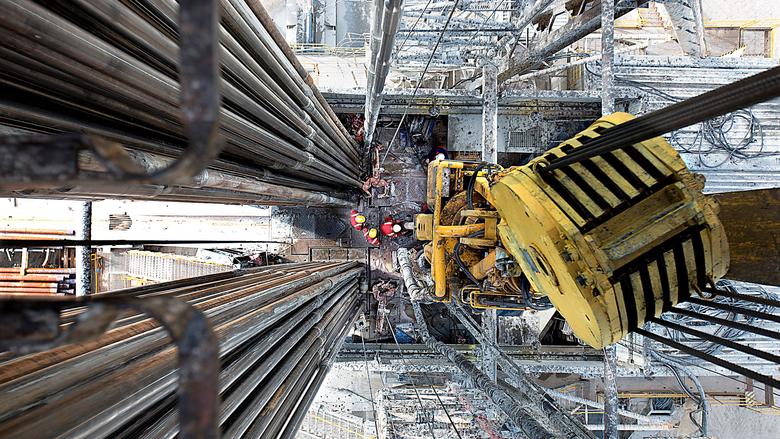
IEA: OIL CAN DOWN

IEA - In 1Q17 the oil market was almost balanced with a global stock build of 0.1 mb/d. For OECD countries, stocks grew by 0.3 mb/d for 1Q17 as a whole, nearly offset by observed falls in floating stocks and in other centres. In March, total OECD stocks did fall by about 1 mb/d.
It has taken some time for stocks to reflect lower supply when volumes produced before output cuts by OPEC and eleven non-OPEC countries took effect are still being absorbed by the market. In 1Q17, we might not have seen a resounding return to deficits but this Report confirms our recent message that re-balancing is essentially here and, in the short term at least, is accelerating.
Looking at 2Q17, if we assume that April's OPEC crude oil production level of 31.8 mb/d is maintained, and nothing changes elsewhere in the balance, there is an implied stock draw of 0.7 mb/d. Adopting the same scenario approach for the second half of 2017, the stock draws are likely to be even greater. Even if this turns out to be the case, stocks at the end of 2017 might not have fallen to the five-year average, suggesting that much work remains to be done in the second half of 2017 to drain them further. In addition to production cuts and steady demand growth, a major contribution to falling crude stocks in the next few months will be a ramp-up in global crude oil runs. Starting in March, refinery activity is building up and by July global crude throughputs will have increased by 2.7 mb/d.
Of course, things will change elsewhere in the balance, and today the most closely watched data point on the supply side is US crude production. In February, it increased again, this time by nearly 200 kb/d and, at 9.03 mb/d, was the highest since March last year. After bottoming out in September, output has increased by nearly 465 kb/d. In line with stronger recent performance from the US shale sector we have revised upwards our expectation throughout 2017 and we now expect total US crude production to exit the year 790 kb/d higher than at the end of 2016. Such is the diversity and dynamism of the US shale sector that our numbers are likely to be a moving target as 2017 progresses. The overall outlook for the non-OPEC countries, eleven of which are voluntarily cutting production to support OPEC, shows growth in 2017 of nearly 600 kb/d, an increase on the 490 kb/d.
While compliance with the agreed production cuts by OPEC and the eleven non-OPEC countries has generally been strong, we need to keep a close eye on Libya and Nigeria where there are signs that production might be rising sustainably. According to preliminary data, Libyan production reached 800 kb/d in May, the highest level since 2014, and any significant increase clearly offsets cutbacks by other OPEC and non-OPEC countries.
As for demand, we have left unchanged our headline growth number for 2017 at 1.3 mb/d. Growth was weaker than expected in 1Q17, however, with notable downward revisions seen in the US (where demand is essentially flat), Germany, Turkey and India (where the effect of the currency reform lingers on).
-----
Earlier:
U.S. OIL GAS PRODUCTION WILL UP






